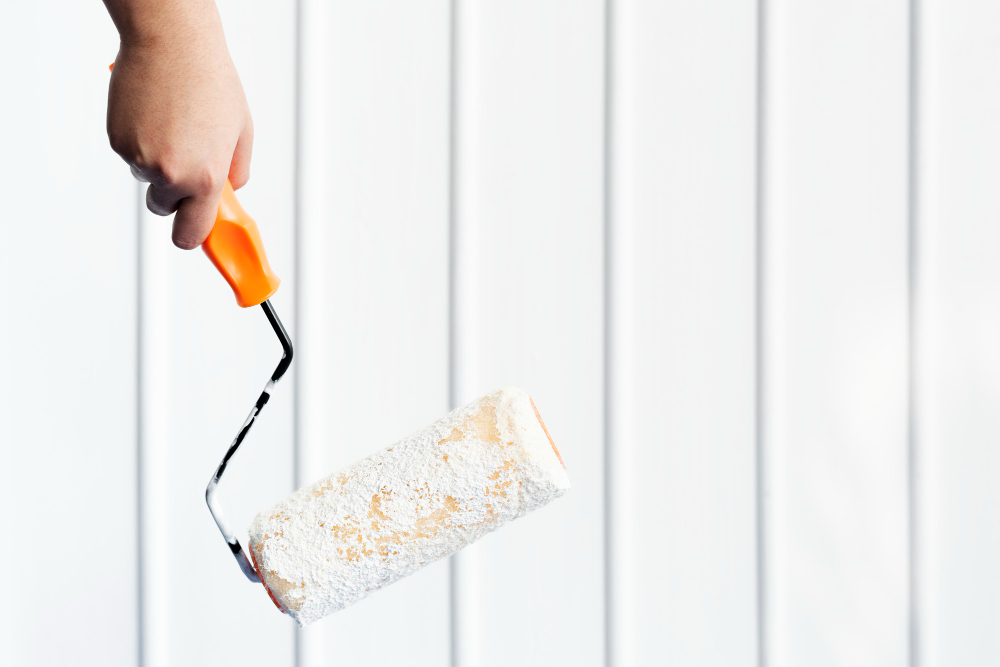The Importance of Primer When Painting

Painting is not just about choosing the right color and painting tools. One of the most crucial steps in painting is preparing the surface, and that's where primer comes in. Primer is a type of paint that is applied to a surface before the paint is applied. It helps to improve the durability and adherence of the paint, among other benefits. In this blog post, we'll discuss the importance of primer when painting.
1. Primer helps to improve paint adherence
Primer creates a surface that the paint can adhere to. If the surface hasn't been primed, the paint may not stick properly on the surface and may start to peel off or flake after a few months. Priming also helps to eliminate any imperfections like cracks, holes, or uneven surfaces on the painted surface, leaving a uniform surface for painting.
2. Primer helps to increase the lifespan of the paint
Priming inhibits the penetration of moisture and other substances into the surface, which causes the paint to degrade faster. This means that a surface that has been primed before painting is less likely to be damaged or need a repaint soon. Priming also helps to prevent rust formation on metal surfaces, which makes the paint last longer on such surfaces.
3. Primer helps to reduce the amount of paint needed
By creating an even surface on which to apply the paint, primer helps to reduce the amount of paint needed to get the desired result. This is because the paint will adhere better to the primed surface, meaning that less paint will be needed to cover the surface fully. Less paint not only saves money but also reduces the environmental impact of the painting job.
4. Primer helps to create a uniform base
Different surfaces have varying porosity levels, and this results in a varying absorption rate of the paint by the different areas of the surface. This may create an uneven and blotchy finish after the paint dries. Priming helps to create an even surface, providing an equal absorption rate and a uniform base for the paint. This leads to a consistent finish after the painting job.
5. Primer can help cover up dark or bold colors
In some cases, painting a dark or bold color over a light-colored surface can be challenging. This is because the underlying color may show through the paint, making it difficult to get the desired color. By using a primer, you can create a neutral base that efficiently blocks any underlying color, making it easier to apply your desired color.
Conclusion
In conclusion, primer is an essential component of a successful painting job. Not only does it provide an even base for painting, but it also enhances paint adherence, increases paint lifespan, reduces the amount of paint needed, creates a uniform base, and can help cover up dark or bold colors. If you're planning to indulge in a painting job, be sure to invest in a quality primer. If you need help with a commercial painting project in Orlando, FL, contact Lakestone Painting today for a free consultation.